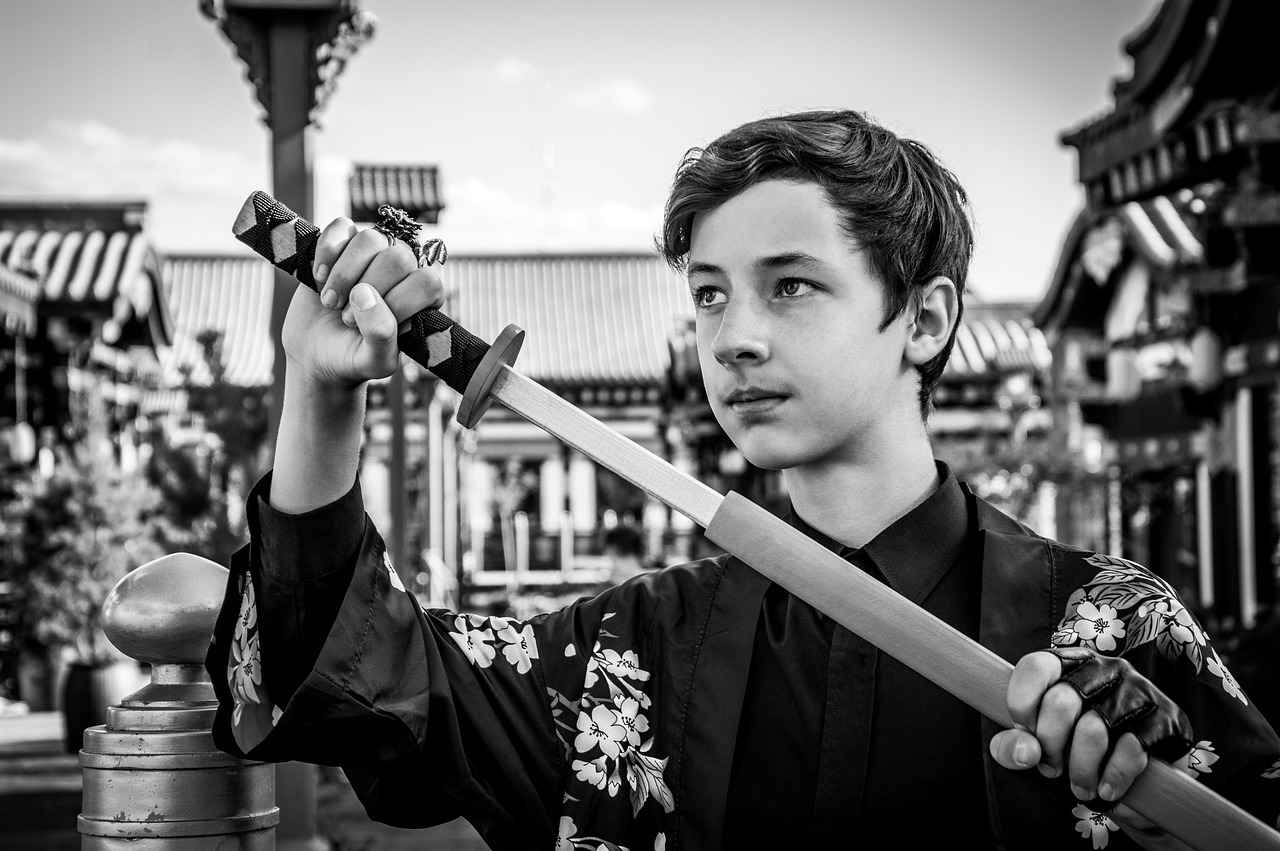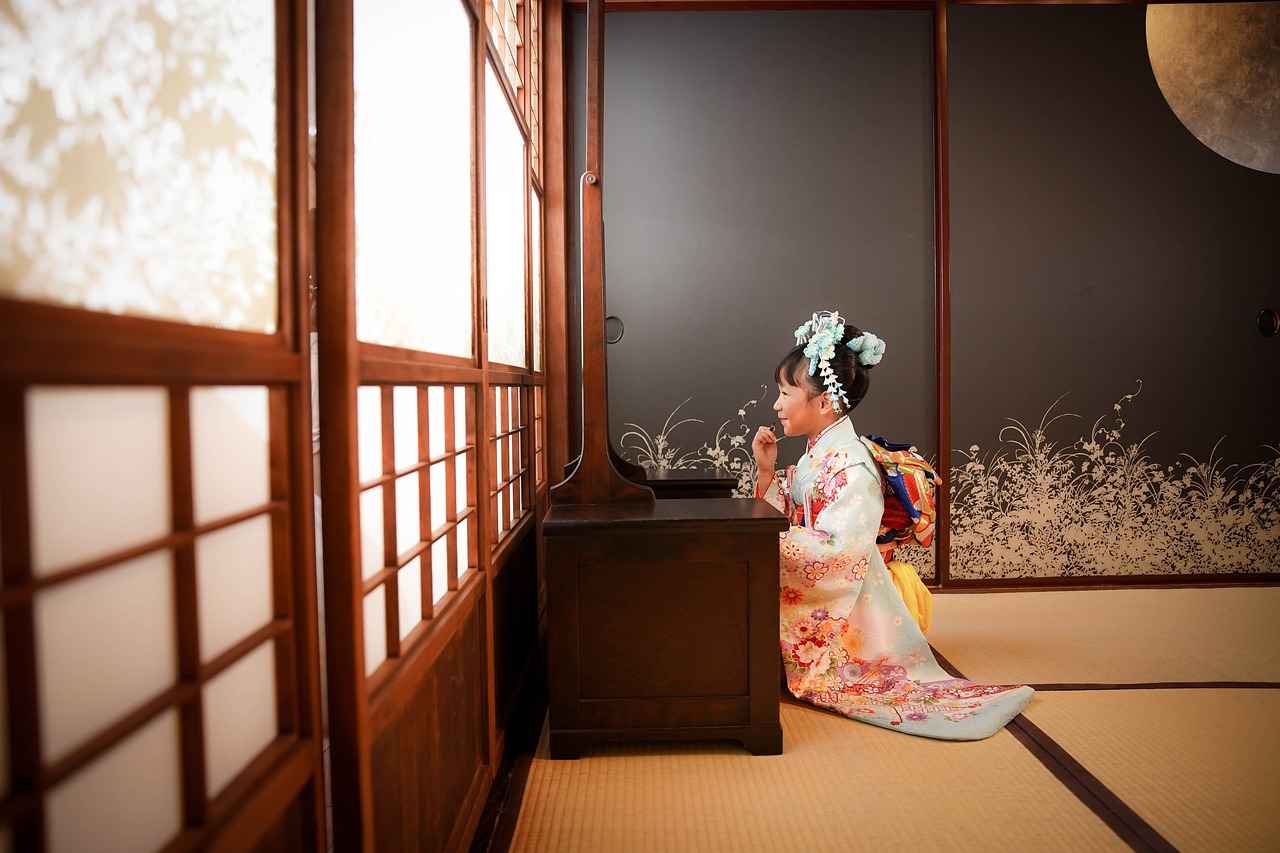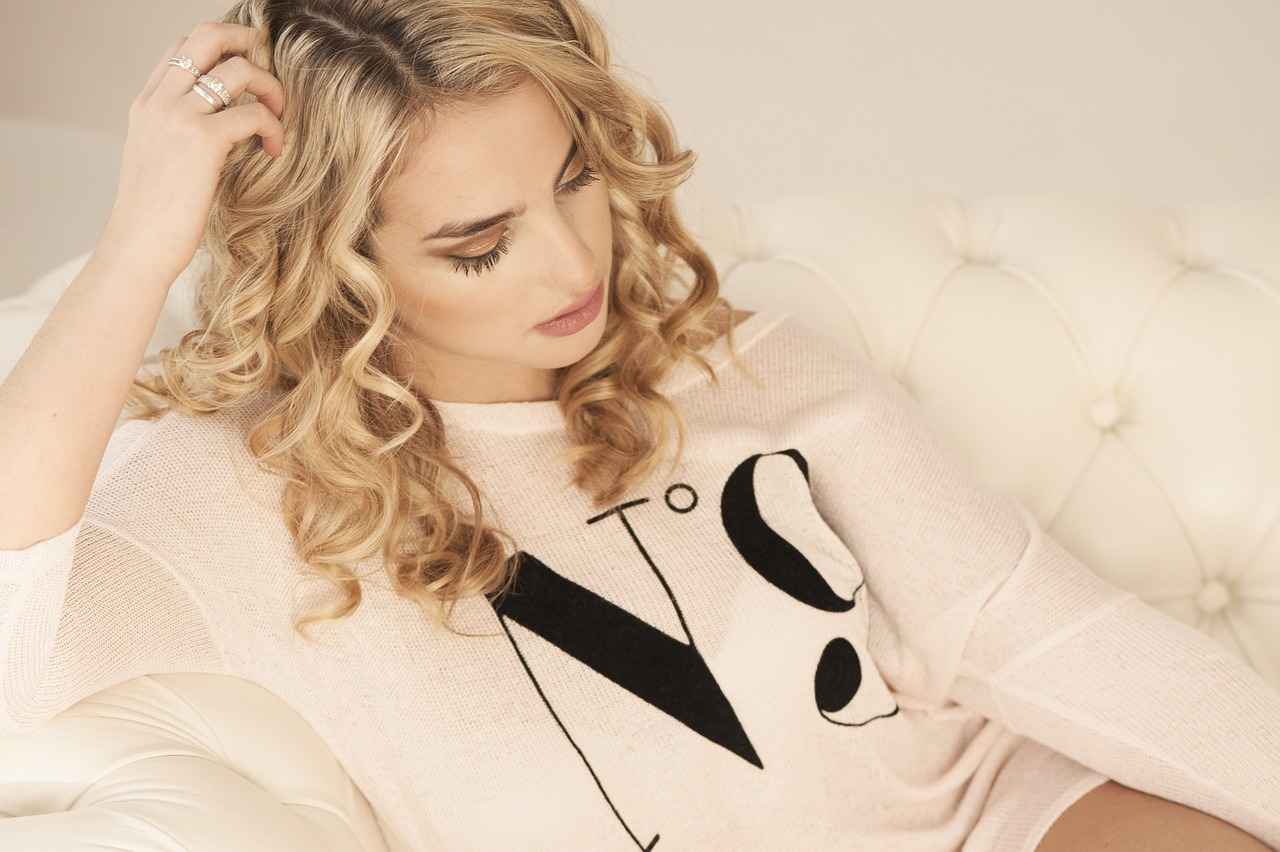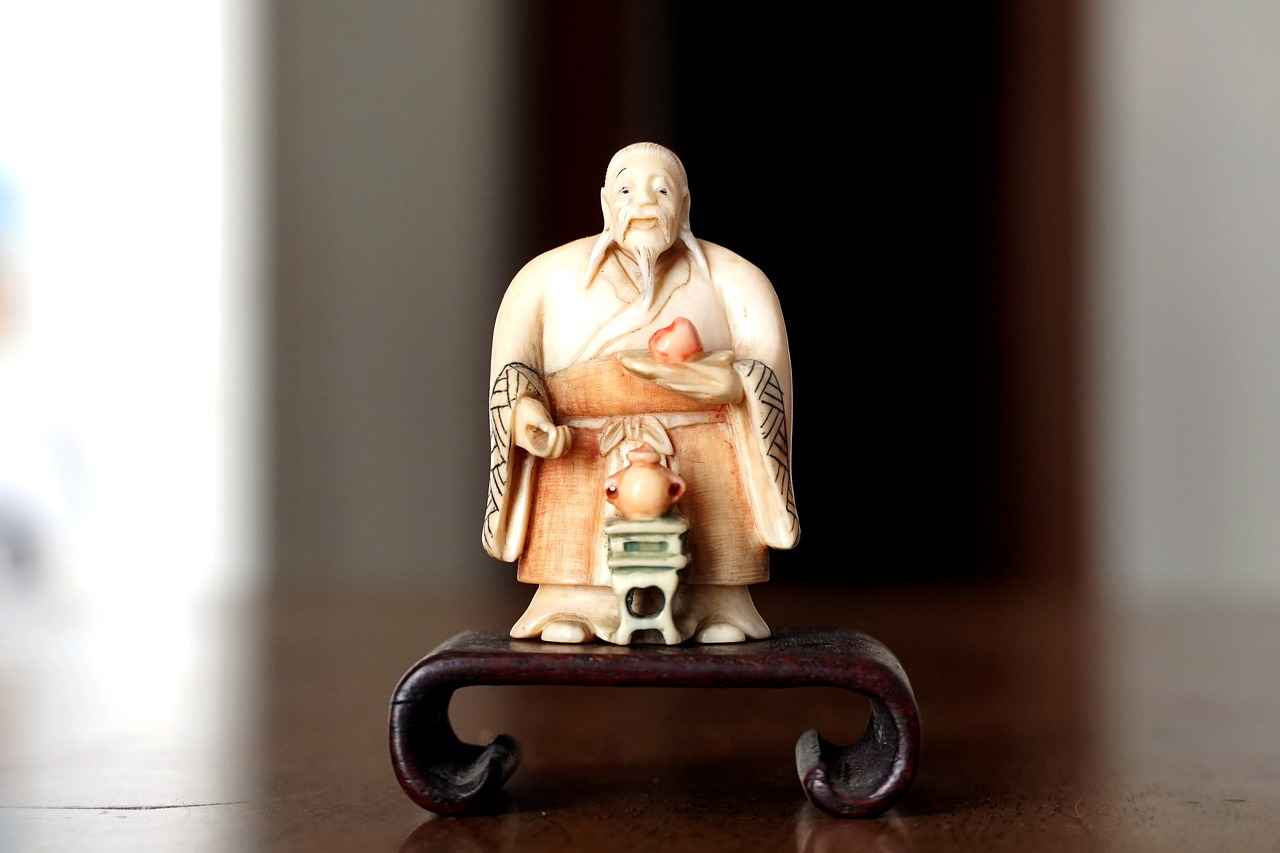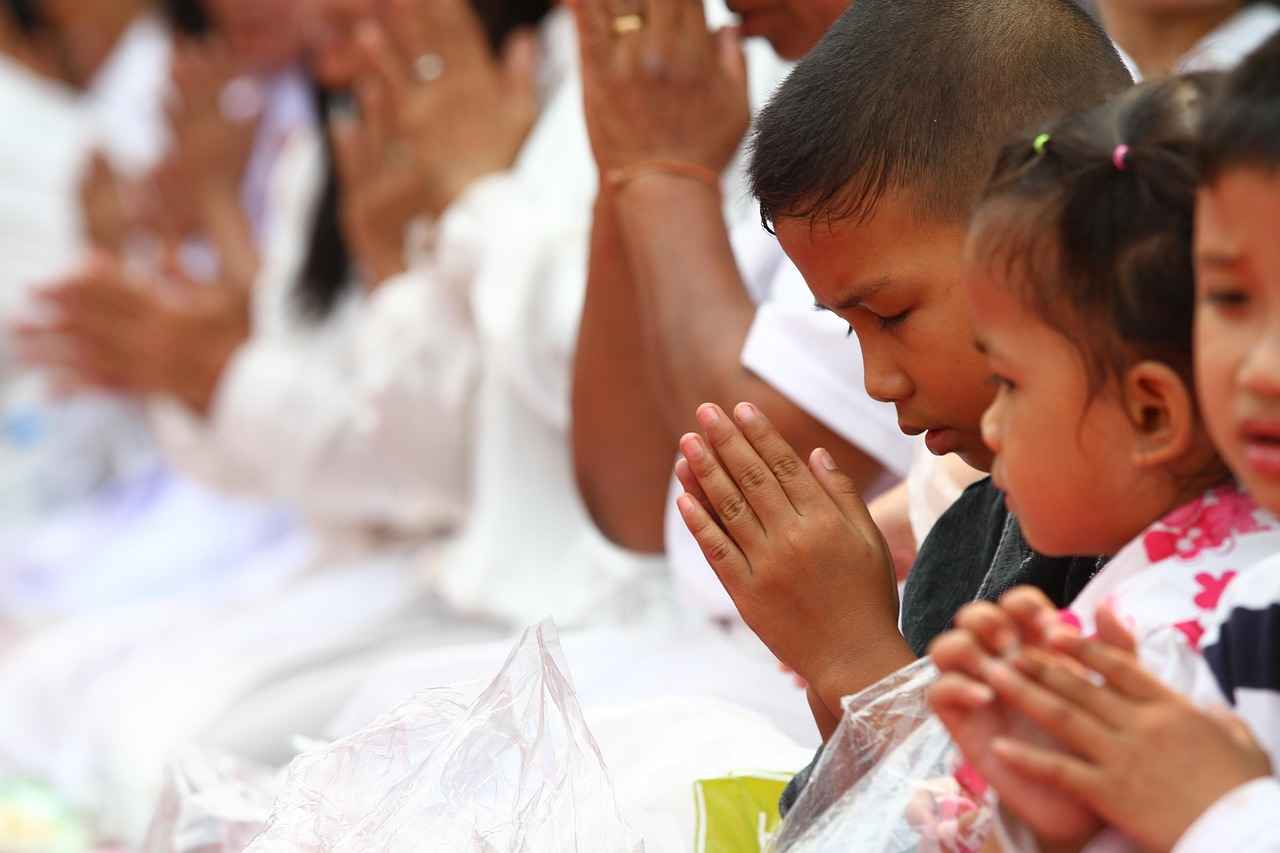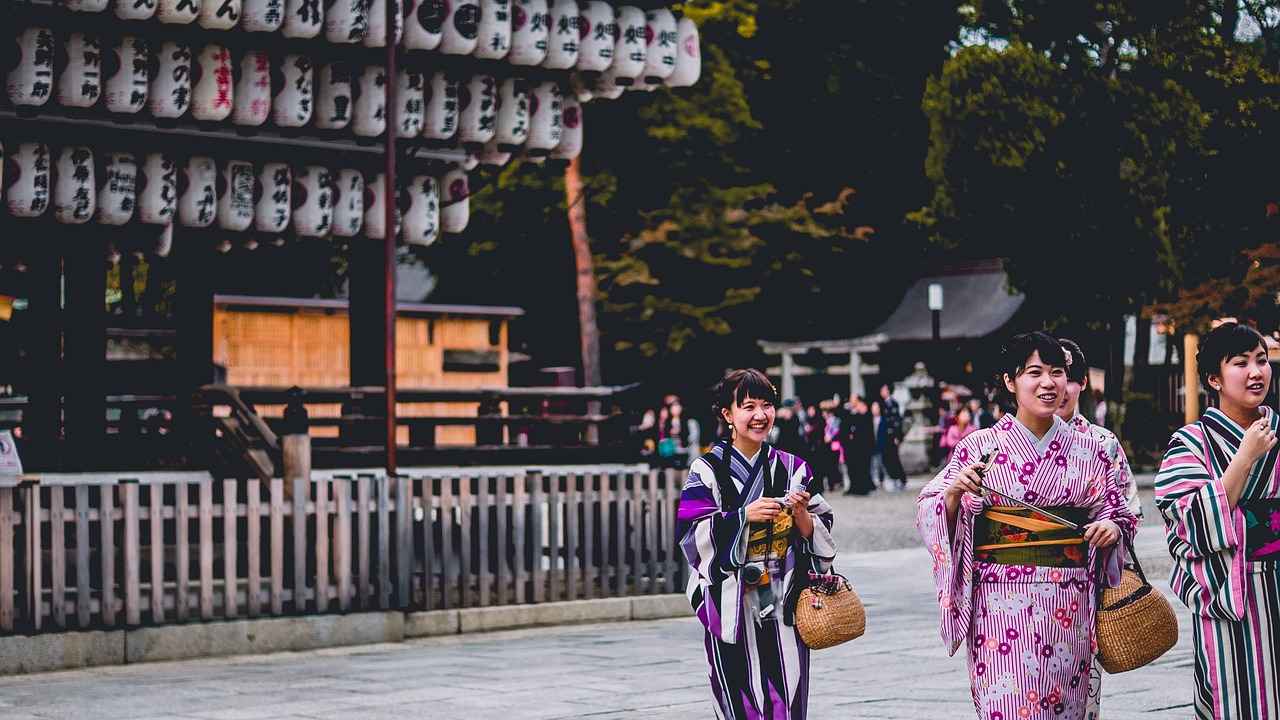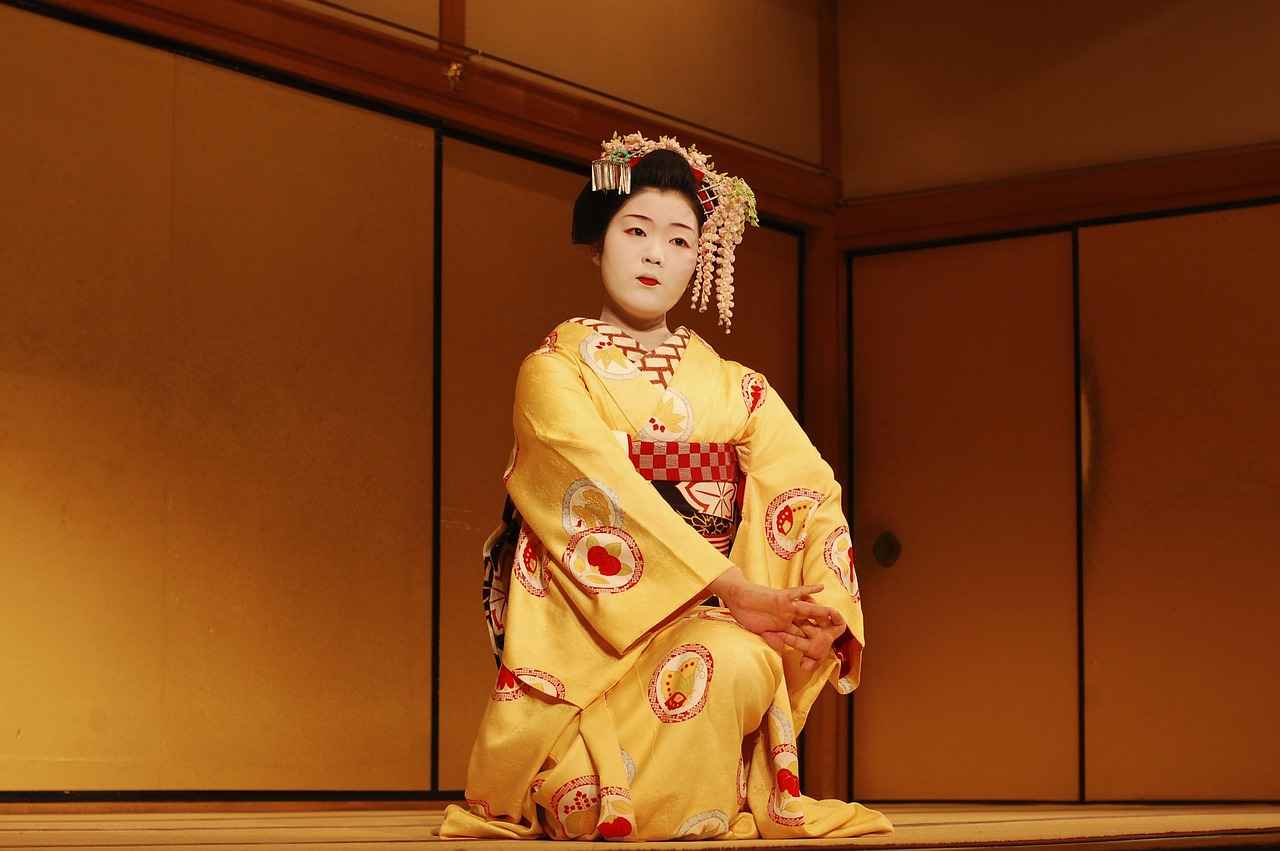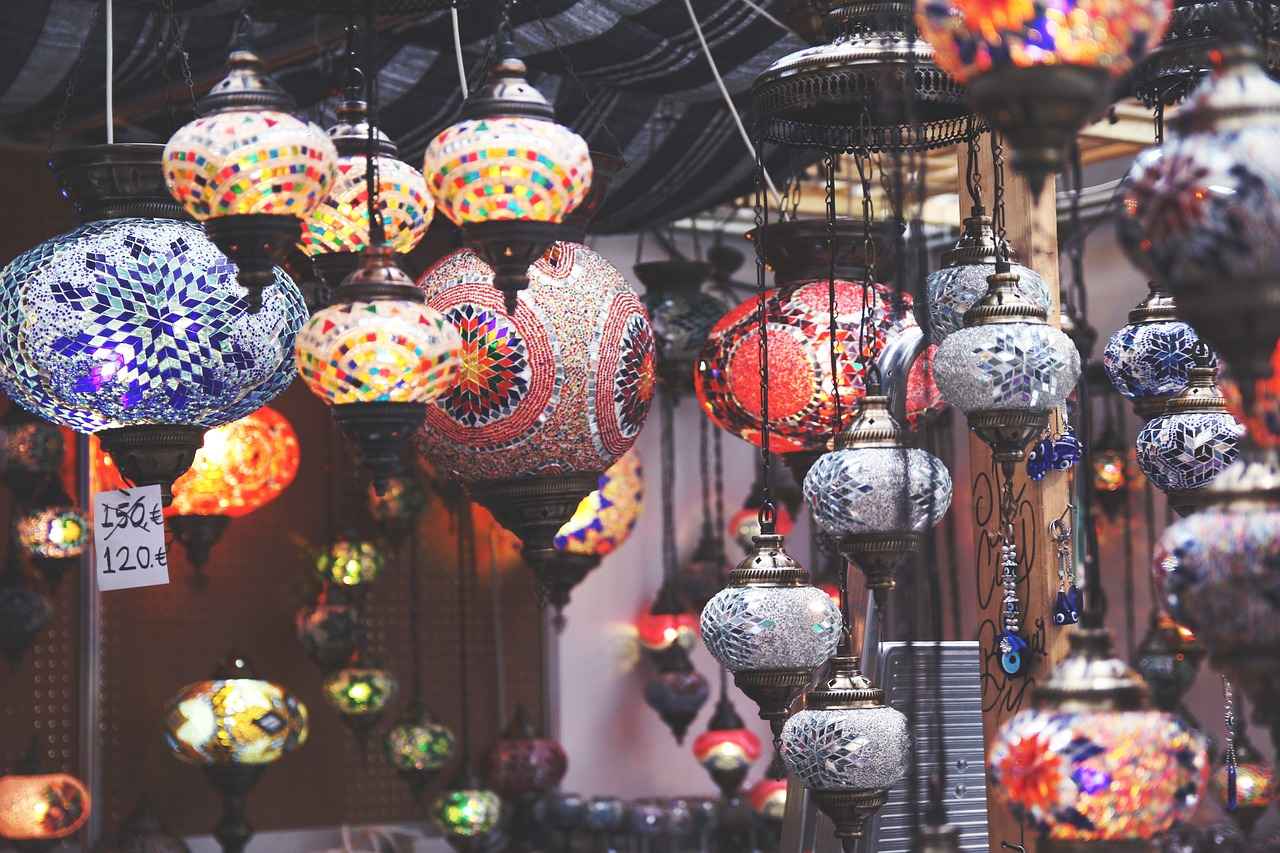This article delves into the various components of a kimono, providing a comprehensive overview of each piece, its significance, and how they come together to create this traditional Japanese garment.
The kimono is a traditional Japanese garment characterized by its unique structure, which consists of several essential parts. Each component contributes not only to the overall aesthetic but also to the functionality of this iconic attire.
Understanding the Kimono Structure
The basic structure of a kimono includes:
- Kimono Body: The main fabric portion, typically featuring beautiful patterns and colors.
- Sode: The sleeves, which vary in length according to the type of kimono and occasion.
- Obi: A wide belt that secures the kimono and adds a decorative touch.
The Role of the Obi
The obi is crucial in kimono styling, serving both decorative and functional purposes. Its style can vary widely based on the occasion, with different tying methods that reflect the wearer’s status and the formality of the event.
Types of Obi
| Type of Obi | Description |
|---|---|
| Hanabi Obi | Typically worn with formal kimonos, featuring intricate designs suitable for ceremonies. |
| Nagoya Obi | A more casual option, easier to tie, often chosen for everyday wear. |
How to Tie an Obi
Tying an obi can be an art form, with various techniques differing by region. Mastering this skill highlights the cultural significance of the kimono.
The Importance of the Kimono Fabric
The fabric of a kimono significantly influences its appearance and comfort. Common materials include:
- Silk: Luxurious and smooth, ideal for formal occasions.
- Cotton: Breathable and comfortable, perfect for summer wear.
- Synthetic Fabrics: Durable and often more affordable, suitable for casual wear.
Essential Accessories for Kimono
Accessories enhance the beauty and functionality of a kimono. Key elements include:
- Obijime: A decorative cord that secures the obi.
- Geta and Zori: Traditional footwear that complements the kimono.
Kimono Care and Maintenance
To preserve the beauty and longevity of a kimono, proper care is essential. This includes:
- Cleaning: Often requires professional services due to delicate fabrics.
- Storage: Should be done using breathable fabric bags to avoid damage.
Conclusion: Embracing the Kimono Tradition
Understanding the various parts of a kimono enriches the appreciation of this traditional garment, allowing wearers to embrace its cultural significance and beauty in modern contexts.
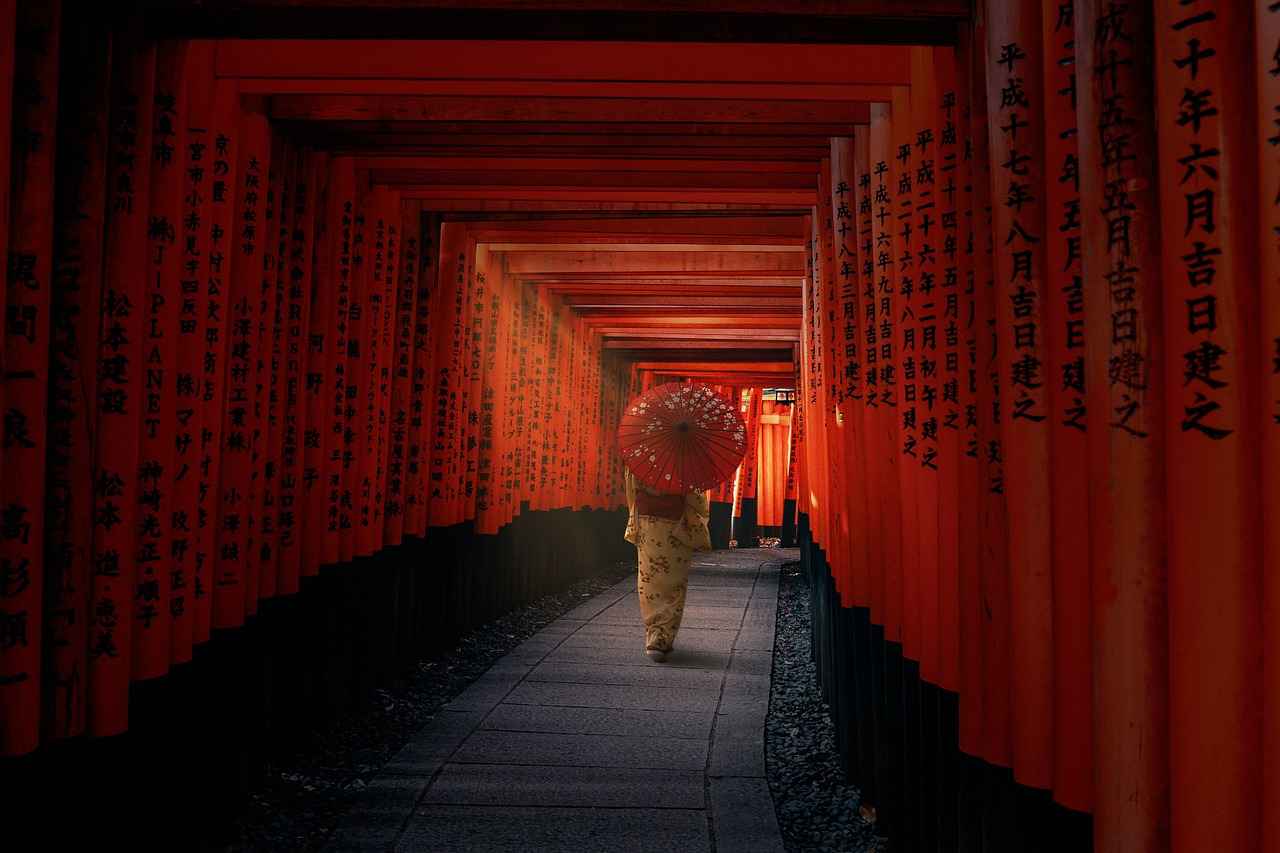
Understanding the Kimono Structure
The kimono is a traditional Japanese garment that embodies elegance and cultural significance. Its unique structure consists of several essential components, each playing a vital role in the garment’s overall aesthetic and functionality. Understanding these parts not only enhances appreciation for the kimono but also provides insight into its historical and cultural context.
The kimono typically features a straight-cut design which allows for a flowing silhouette, contributing to its timeless appeal. The garment is usually made from high-quality fabrics, with silk being the most prized material, known for its luxurious feel and vibrant colors. The construction of a kimono includes various elements that work harmoniously together.
- Body (Shita): The main section of the kimono, which drapes elegantly over the body.
- Sleeves (Furi): These can vary in length and style, influencing the overall look and formality of the garment.
- Collar (Obi): Often a contrasting color, the collar adds a distinctive touch and can signify the wearer’s age and status.
- Hem (Tsurubami): The hemline may be embellished or left plain, depending on the occasion and style of the kimono.
Each of these components is significant in terms of both style and functionality. For example, the sleeves can indicate the formality of the kimono, with longer sleeves typically reserved for younger wearers or special occasions, while shorter sleeves are often associated with older individuals or casual wear.
Moreover, the way these parts come together is crucial. The kimono is usually worn with an obi, a wide belt that not only secures the garment but also adds a layer of decoration. The obi’s style can vary significantly, reflecting the wearer’s personal taste and the occasion for which the kimono is worn.
In conclusion, the kimono’s structure is a beautiful blend of art and practicality. Each piece contributes to the garment’s overall aesthetic and cultural significance, making it a cherished symbol of Japanese heritage.

The Role of the Obi
The obi, a significant component of the kimono ensemble, serves as a wide belt that not only enhances the aesthetic appeal of the garment but also fulfills practical functions. Traditionally, the obi is tied around the waist and can vary in style, width, and tying method, making it a versatile accessory in Japanese fashion.
Functionality and Aesthetics
The obi is crucial for holding the kimono in place, ensuring that it maintains its shape and structure throughout the day. Beyond its functional role, the obi acts as a canvas for artistic expression, often featuring intricate patterns, vibrant colors, and elaborate designs that reflect the wearer’s personality and the occasion’s formality.
Types of Obi
- Hanabi Obi: Typically worn for formal occasions, this type of obi is characterized by its elaborate designs and is often made from luxurious fabrics. It adds a touch of elegance and sophistication to the overall look.
- Nagoya Obi: A more casual option, the nagoya obi is designed for ease of wear and is popular for everyday occasions. Its simpler tying method allows for quick dressing while still maintaining a stylish appearance.
How to Tie an Obi
Tying an obi is considered an art form, with various techniques employed depending on the type of obi and the occasion. The otaiko knot is one of the most popular styles for formal events, while a simpler knot may be used for casual outings. Mastering the art of tying an obi can greatly enhance the overall presentation of the kimono.
Conclusion
In conclusion, the obi is much more than a functional accessory; it is a vital part of the kimono that embodies both cultural significance and personal style. Understanding its role, types, and tying methods allows wearers to fully appreciate this beautiful aspect of traditional Japanese attire.
Types of Obi
The obi is an essential component of the kimono, serving both practical and decorative functions. Understanding the different types of obi can enhance the overall aesthetic of the kimono and ensure that it is appropriate for the occasion. In this section, we will explore the various types of obi, including the hanabi and nagoya, detailing their unique features and suitable contexts for wear.
- Hanabi Obi
The hanabi obi is characterized by its elaborate designs and is typically worn with formal kimonos. The term ‘hanabi’ translates to ‘fireworks’ in Japanese, reflecting the vibrant and intricate patterns often found on these obi. They are ideal for special occasions such as weddings, tea ceremonies, and other formal events. The hanabi obi adds a touch of elegance and sophistication to the outfit, making it a favorite among those seeking to make a statement.
- Nagoya Obi
The nagoya obi is a more casual option, known for its simplicity and ease of use. This type of obi is designed with a pre-tied feature, making it a popular choice for everyday wear or less formal gatherings. The nagoya obi strikes a balance between style and practicality, often featuring subtle patterns that complement various kimono styles without overwhelming the overall look.
- Fukuro Obi
The fukuro obi is another type that is often used in formal settings. Unlike the hanabi, it is a long, cylindrical obi that provides a more streamlined appearance. The fukuro obi can be worn in various styles and is often chosen for its versatility, making it suitable for both formal and semi-formal occasions.
- Obiage and Obijime
While not types of obi per se, the obiage and obijime are essential accessories that enhance the look of the obi. The obiage is a decorative scarf that is tucked under the obi, adding an extra layer of color and texture. The obijime is a cord that secures the obi in place, often adorned with decorative elements that contribute to the overall aesthetic.
In conclusion, the choice of obi significantly influences the look and feel of a kimono outfit. Whether opting for the ornate hanabi or the practical nagoya, understanding these types can enhance your appreciation of this beautiful garment and its cultural significance.
Hanabi Obi
Hanabi Obi: A Symbol of Elegance in Traditional Japanese Attire
The is a stunning accessory that plays a crucial role in enhancing the beauty of formal kimonos. Known for its intricate designs, the hanabi obi is often adorned with elaborate patterns that reflect the artistry and craftsmanship of Japanese culture. This obi is particularly favored during special events and ceremonies, where its elegant aesthetics can truly shine.
Typically, the hanabi obi is crafted from high-quality materials, such as silk, which not only adds to its luxurious feel but also ensures durability. The designs often feature motifs inspired by nature, such as flowers and fireworks, which are symbolic in Japanese culture. These motifs are not just decorative; they carry deep meanings and are chosen carefully to suit the occasion.
When worn, the hanabi obi is tied in various styles, each reflecting a different aspect of tradition and formality. The tying technique can vary based on the type of kimono being worn and the event’s significance. For instance, a more elaborate knot may be used for formal occasions, while simpler styles may be preferred for less formal settings.
In addition to its visual appeal, the hanabi obi serves practical purposes as well. It helps to secure the kimono in place, ensuring a polished look throughout the event. The versatility of the hanabi obi makes it a popular choice among kimono enthusiasts, as it can elevate a simple kimono into a stunning outfit suitable for any formal gathering.
In conclusion, the hanabi obi is not just a piece of fabric; it is a representation of cultural heritage and artistry. Its intricate designs and significance in formal attire make it an essential component of the traditional kimono ensemble, embodying both beauty and functionality.
Nagoya Obi
The is a distinctive type of obi that plays a significant role in the world of traditional Japanese attire. Unlike its more formal counterparts, the Nagoya Obi is designed for casual wear and is often selected for everyday occasions or less formal events. This versatility makes it a popular choice among those who wish to blend style with practicality.
One of the standout features of the Nagoya Obi is its ease of tying. The design typically incorporates a shorter length, which simplifies the tying process, making it accessible for those who may be new to wearing kimonos. This user-friendly aspect allows individuals to don their kimonos quickly without sacrificing elegance.
In terms of aesthetics, the Nagoya Obi strikes a harmonious balance between design and functionality. It often showcases a variety of patterns and colors, allowing wearers to express their personal style while remaining appropriate for a range of settings. Whether adorned with floral motifs or geometric designs, the Nagoya Obi adds a touch of charm to any kimono ensemble.
Moreover, the Nagoya Obi is often made from lightweight fabrics, making it a comfortable choice for warmer months. The fabric choice contributes to its overall appeal, ensuring that wearers feel at ease while enjoying the beauty of traditional Japanese fashion.
In conclusion, the Nagoya Obi is an essential component of the kimono wardrobe, offering a blend of style, comfort, and practicality. Its casual nature and ease of use make it an ideal choice for those looking to embrace the elegance of kimono culture in their daily lives.
How to Tie an Obi
Tying an obi is an intricate skill that reflects the rich cultural heritage of Japan. This practice is not merely about securing the kimono but also serves as a form of artistic expression, showcasing the wearer’s personality and the occasion’s significance.
The obi, a wide belt, is essential in completing the kimono ensemble. The methods of tying an obi can vary significantly based on regional traditions and the specific event. For instance, in formal settings such as weddings or tea ceremonies, more elaborate knots are often employed, while casual occasions may call for simpler styles.
- Fukura Suzume: This is a popular style for formal occasions, featuring a distinctive knot that resembles a sparrow’s belly. It is often adorned with decorative elements, making it visually striking.
- Taiko Musubi: Commonly used for formal kimonos, this knot is shaped like a drum and symbolizes strength. It is typically seen at weddings and other significant events.
- Chirashi Musubi: This more relaxed style is ideal for casual outings. It creates a softer look and is easier to tie, making it a favorite among those new to kimono wearing.
When tying an obi, it is crucial to consider the fabric and design of both the obi and the kimono. The obi should complement the kimono’s colors and patterns, enhancing the overall aesthetic. Additionally, the choice of tying technique can convey a message about the wearer’s status and the event’s formality.
In conclusion, mastering the art of tying an obi is more than a practical skill; it is a celebration of Japanese culture and tradition. Each knot tells a story, reflecting the wearer’s identity and the occasion’s spirit. As you explore this beautiful practice, you will find that it enriches your understanding and appreciation of the kimono.
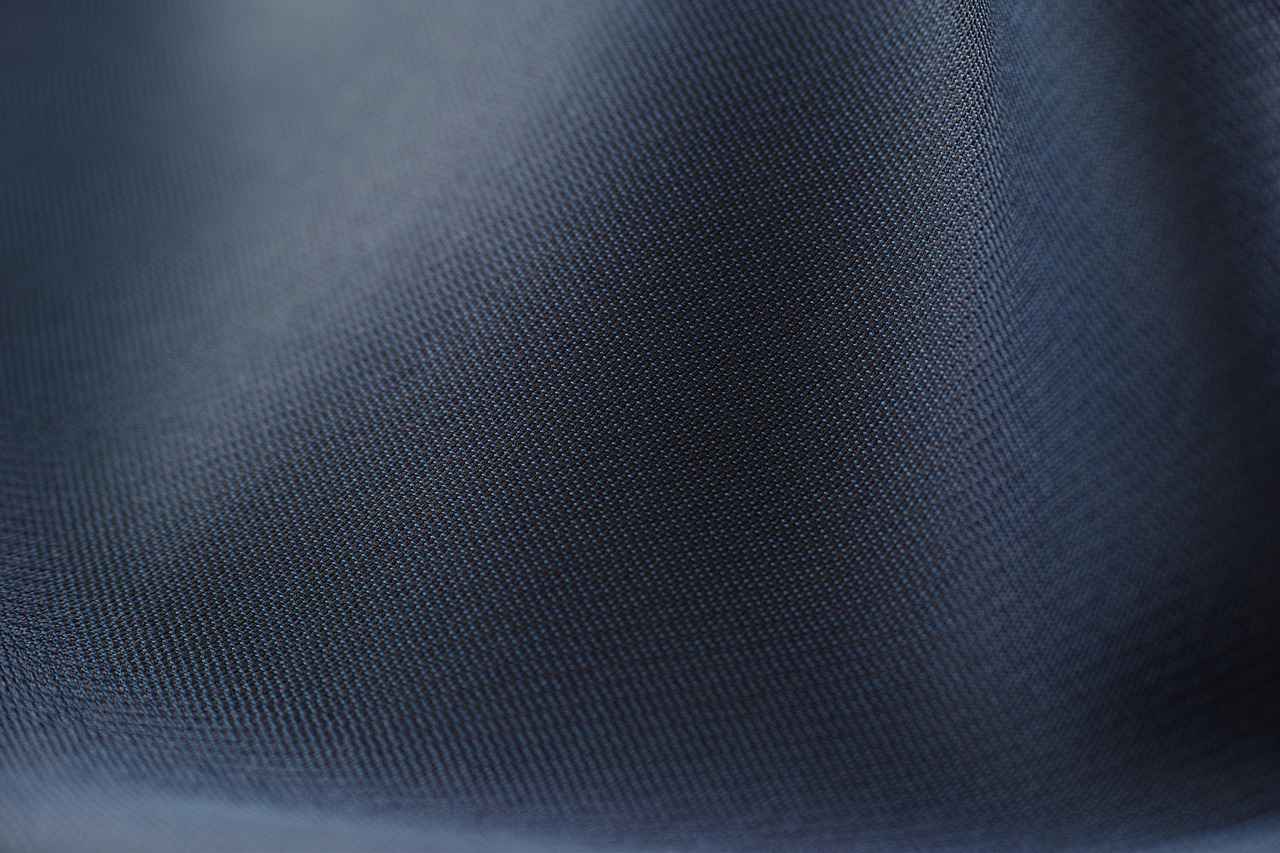
The Importance of the Kimono Fabric
The fabric of a kimono is not just a matter of aesthetics; it profoundly influences the garment’s overall appearance and comfort. Different materials are specifically tailored to suit various seasons and occasions, making the choice of fabric a critical aspect of kimono wearing.
In traditional kimono culture, fabrics are categorized based on their weight, texture, and suitability for different weather conditions. For instance, silk is often favored for its luxurious feel and elegant drape, making it ideal for formal events such as weddings and ceremonies. Its natural sheen enhances the intricate designs often seen in formal kimonos.
On the other hand, cotton is a popular choice for casual wear, especially during the hot summer months. Lightweight and breathable, cotton kimonos offer comfort without sacrificing style. They are perfect for festivals and informal gatherings, allowing for ease of movement and a relaxed fit.
As the seasons change, so do the fabrics. In spring and summer, lighter fabrics like linen and chiffon are preferred, providing coolness and comfort. Conversely, during fall and winter, heavier materials such as wool or brocade are utilized, offering warmth and a more structured silhouette.
Additionally, the choice of fabric can also reflect the wearer’s personal style and the formality of the occasion. For example, a formal silk kimono paired with an ornate obi can create an elegant look for a traditional tea ceremony, while a casual cotton kimono might be more suitable for a summer picnic.
In conclusion, understanding the importance of kimono fabric is essential for anyone interested in this beautiful garment. The right fabric not only enhances the visual appeal of the kimono but also ensures that it is comfortable and appropriate for the occasion.
Common Kimono Fabrics
The choice of fabric is a pivotal aspect of kimono production, as it not only influences the garment’s aesthetic but also its functionality and comfort. The three primary types of fabrics used are silk, cotton, and synthetic materials, each bringing its own unique characteristics to the kimono.
- Silk: Renowned for its luxurious feel and sheen, silk is often considered the premium choice for kimonos. It drapes beautifully and provides a lightweight yet warm experience, making it ideal for formal occasions. The intricate designs often found on silk kimonos showcase the artistry of traditional Japanese textile techniques.
- Cotton: A more casual alternative, cotton kimonos are favored for their breathability and comfort, particularly during warmer months. They are often adorned with vibrant prints and patterns, making them suitable for everyday wear. Cotton is also easier to care for compared to silk, which requires more delicate handling.
- Synthetic Fabrics: With advancements in textile technology, synthetic fabrics have become increasingly popular in kimono production. These fabrics can mimic the look and feel of silk while offering enhanced durability and ease of maintenance. They are often used for casual kimonos and are available in a wide range of colors and patterns.
When selecting a kimono, it’s essential to consider the fabric’s texture, weight, and durability. For instance, silk is perfect for formal events, while cotton is ideal for summer festivals. Synthetic fabrics provide a practical option for those seeking a low-maintenance garment without sacrificing style.
In conclusion, understanding the different fabrics used in kimono production allows wearers to make informed choices that align with their personal style and the occasion at hand. Each fabric type contributes to the rich tapestry of kimono culture, reflecting both tradition and modernity.
Seasonal Fabric Choices
play a crucial role in the comfort and aesthetic of a kimono. Selecting the appropriate fabric based on the season not only enhances the wearer’s experience but also aligns with traditional Japanese practices that emphasize harmony with nature.
In the summer months, lighter fabrics are recommended. These materials, such as cotton and linen, are breathable and help keep the body cool in warm temperatures. The use of lighter colors and patterns also reflects the vibrant spirit of summer, allowing for a more relaxed and comfortable kimono experience. A popular choice during this season is the yukata, a casual summer kimono made from lightweight cotton, perfect for festivals and warm evenings.
As the autumn months approach, the transition to fabrics that offer a bit more warmth becomes essential. Silk blends and slightly heavier cottons are ideal, providing a balance between comfort and style. The rich, warm colors of autumn are often reflected in the fabric choices, allowing wearers to embrace the changing seasons with elegance.
During the winter season, heavier materials such as silk, wool, and twill are preferred. These fabrics not only provide warmth but also maintain the luxurious feel associated with traditional kimonos. The intricate designs and deeper hues of winter kimonos often reflect the beauty of the season, making them suitable for formal occasions and celebrations.
In conclusion, understanding is essential for anyone looking to wear a kimono with confidence and style. By selecting the appropriate fabric for the season, wearers can ensure both comfort and aesthetic appeal, honoring the rich traditions of this beautiful garment.
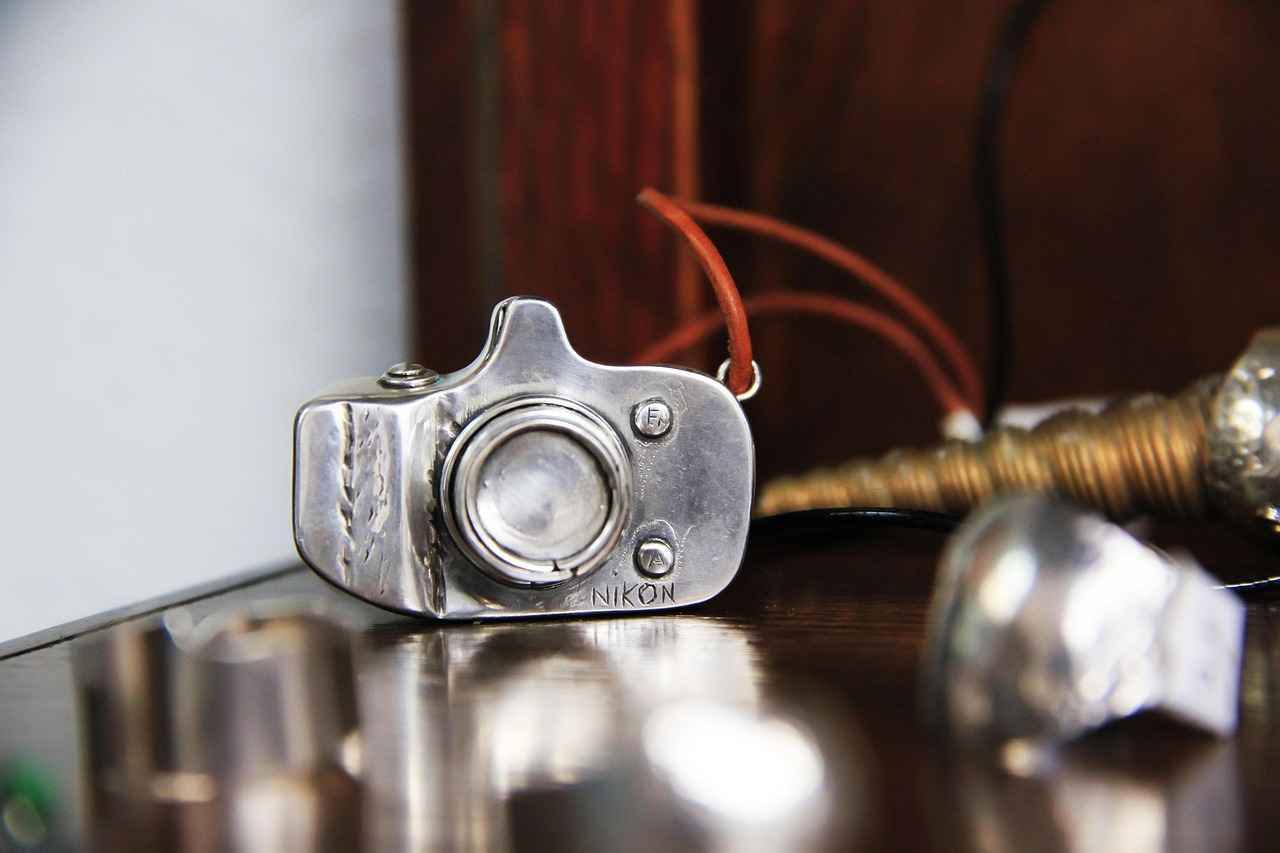
Essential Accessories for Kimono
Accessories play a pivotal role in enhancing the beauty and functionality of a kimono, providing both aesthetic appeal and cultural significance to the overall outfit. Each accessory not only complements the kimono but also reflects the wearer’s personality and the occasion.
Among the most important accessories are:
- Obijime: This decorative cord secures the obi (belt) in place, adding a touch of elegance. It often features intricate designs and colors that harmonize with the kimono, showcasing the wearer’s attention to detail.
- Obidome: A decorative piece that sits on the obijime, the obidome enhances the overall look of the obi. It can be made from various materials, including metal and fabric, and often features artistic motifs that reflect cultural themes.
- Geta: Traditional wooden sandals, geta are designed to elevate the wearer above the ground, preventing the kimono from dragging. They come in various styles, from casual to formal, and are essential for maintaining the kimono’s silhouette.
- Zori: Unlike geta, zori are flat sandals typically made from rice straw or synthetic materials. They are often worn with more formal kimonos and provide a comfortable option for indoor occasions.
In addition to these main accessories, other elements like haneri (collars) and kinchaku (small purses) can also enhance the kimono. Each accessory serves a purpose, whether practical or decorative, and contributes to the cultural richness of this traditional attire.
Ultimately, the right accessories can transform a simple kimono into a statement piece, allowing wearers to express their individuality while honoring centuries of tradition.
Obijime and Obidome
The obijime and obidome are two essential accessories that significantly enhance the beauty and functionality of the traditional kimono. Understanding their roles not only adds to the appreciation of this exquisite garment but also highlights the intricate craftsmanship involved in kimono styling.
The obijime is a decorative cord that is used to secure the obi, which is the wide belt worn with a kimono. Typically made from silk or other fine materials, the obijime comes in various colors and designs, allowing wearers to express their personal style. It serves both a practical purpose—keeping the obi in place—and an aesthetic one, adding a touch of elegance to the overall look.
- Color Selection: The choice of color often reflects the season, occasion, or the wearer’s mood.
- Patterning: Some obijime feature intricate patterns, while others may be more simplistic, catering to different kimono styles.
- Material Choices: While silk is the most common material, obijime can also be found in cotton or synthetic blends for more casual wear.
The obidome is a decorative piece that is often placed on the obijime, serving as a focal point that adds sophistication to the ensemble. These decorative clasps come in a variety of styles, often showcasing intricate designs that can include motifs inspired by nature, traditional patterns, or even modern artistic interpretations.
- Symbolism: The designs on obidome may carry cultural meanings or represent good fortune.
- Occasion-Based Choices: Different obidome styles are chosen based on the formality of the event, with more elaborate designs reserved for formal occasions.
- Personal Expression: Just like the obijime, the obidome allows for individual expression, making each kimono outfit unique.
In conclusion, the obijime and obidome are not merely functional accessories; they are integral elements that contribute to the beauty and cultural richness of the kimono. By understanding their importance, wearers can appreciate the artistry and tradition behind this iconic garment.
Geta and Zori Footwear
Geta and Zori are traditional Japanese footwear that play a significant role in the overall aesthetics and functionality of the kimono ensemble. Each type of footwear is designed for specific occasions, influencing not only the style but also the comfort of the wearer.
Geta are elevated sandals typically made of wood, featuring a thong that secures the foot. They are often worn during the warmer months and are especially popular for casual outings or festivals. The elevated design of geta allows for better air circulation, making them a preferred choice during hot weather. Additionally, the sound of geta clacking against the ground adds a rhythmic charm to the wearer’s steps, evoking a sense of traditional Japan.
On the other hand, Zori are flat sandals made from various materials, including rice straw, cloth, or synthetic materials. They are more versatile and can be worn with both casual and formal kimonos. Zori provide a more understated elegance compared to geta, making them suitable for a range of occasions, from tea ceremonies to formal events. The comfort of zori is enhanced by their flat soles, allowing for ease of movement throughout the day.
Both geta and zori come in various styles and colors, enabling wearers to choose the perfect pair to complement their kimono. For instance, brightly colored geta may be chosen for festive occasions, while more subdued zori might be preferred for formal gatherings. The choice of footwear can significantly influence the overall look, making it essential to select the right pair.
In conclusion, understanding the differences between geta and zori is crucial for anyone looking to wear a kimono. Each type of footwear not only enhances the style of the ensemble but also contributes to the comfort of the wearer, allowing for a more enjoyable experience while embracing this beautiful aspect of Japanese culture.
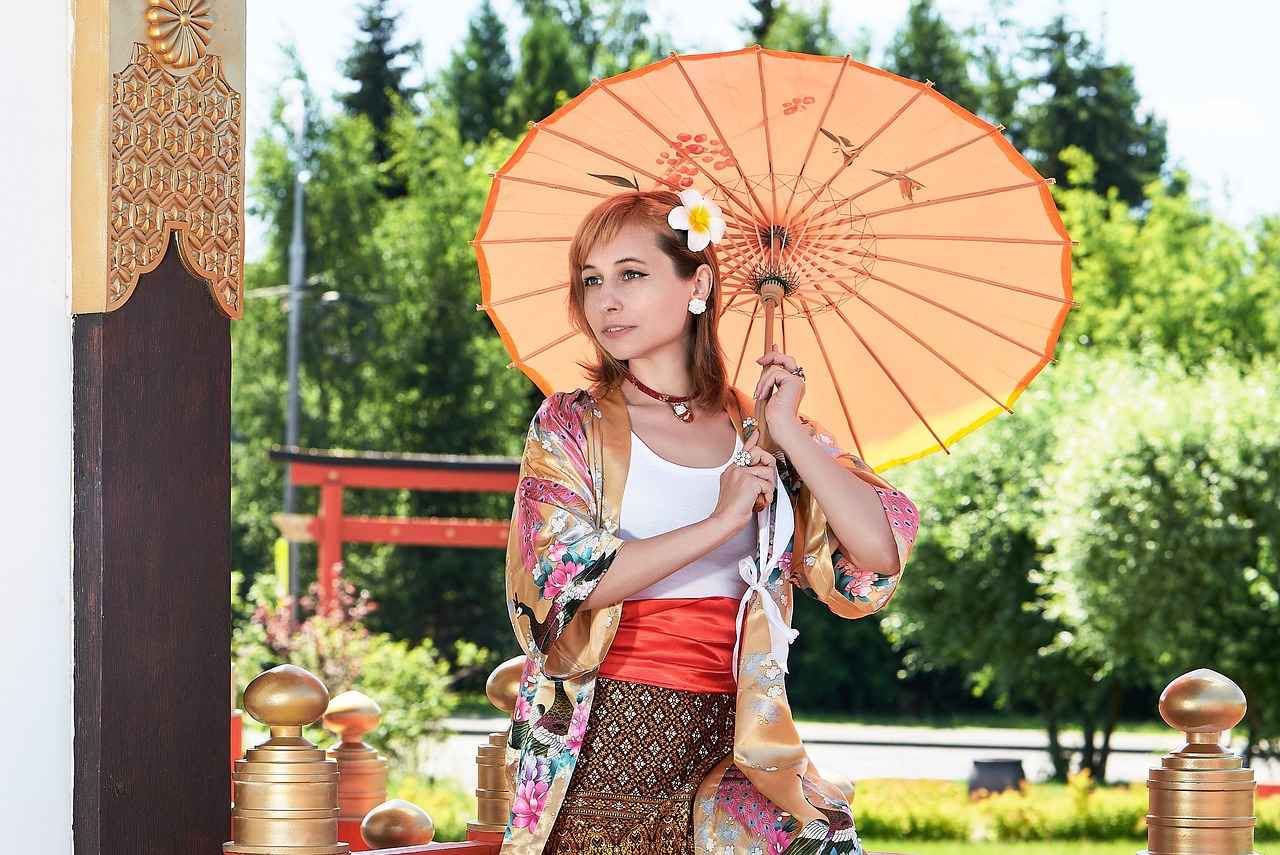
Kimono Care and Maintenance
Proper care and maintenance of a kimono are essential to preserve its beauty and longevity. This traditional garment, with its intricate designs and delicate fabrics, requires specific cleaning and storage techniques to ensure it remains in pristine condition.
Cleaning Techniques
- Professional Cleaning: Due to the delicate nature of kimono fabrics, it is often recommended to seek professional cleaning services. These experts are trained to handle various materials, such as silk, ensuring that the garments are cleaned without causing damage.
- Spot Cleaning: For minor stains, gentle spot cleaning can be effective. Use a soft cloth and a mild detergent, testing on a hidden area first to prevent discoloration.
- Regular Maintenance: Regularly inspect your kimono for any signs of wear or damage. Addressing issues promptly can prevent more extensive repairs in the future.
Storage Best Practices
- Breathable Storage: Store your kimono in a breathable fabric bag rather than plastic, which can trap moisture and lead to mold or mildew.
- Avoid Direct Sunlight: Keep your kimono away from direct sunlight to prevent fading. A dark, cool space is ideal for long-term storage.
- Proper Folding: When folding your kimono, use acid-free tissue paper to help maintain its shape and prevent creases. Ensure that the fabric is not bunched up to avoid permanent wrinkles.
Conclusion
By following these cleaning and storage techniques, you can ensure that your kimono remains a cherished piece of cultural heritage. Proper care not only enhances its appearance but also extends its life, allowing future generations to appreciate this beautiful garment.
Cleaning Techniques
Cleaning a kimono is an essential aspect of maintaining its beauty and longevity, but it is often best left to professionals. Traditional kimonos are made from delicate fabrics that require special care to avoid damage. The intricate designs and craftsmanship of these garments mean that improper cleaning methods can lead to irreversible harm.
When it comes to , there are several key considerations to keep in mind:
- Professional Cleaning Services: Engaging a professional service that specializes in kimono cleaning is highly recommended. These experts are trained to handle the unique requirements of various fabrics, ensuring that your kimono is cleaned without risk of fading or tearing.
- Gentle Washing Methods: If opting for home care, use a gentle hand-washing method with cold water and a mild detergent specifically designed for delicate fabrics. Avoid using a washing machine, as the agitation can cause damage.
- Spot Cleaning: For minor stains, spot cleaning is advisable. Use a soft cloth and a gentle cleaning solution, testing it on a small, inconspicuous area first to ensure it does not affect the fabric’s color.
- Avoiding Heat: Never use heat to dry a kimono. Instead, lay it flat on a clean, dry towel away from direct sunlight. Heat can cause fabrics to shrink or lose their shape.
- Storage Considerations: After cleaning, proper storage is crucial. Use breathable garment bags and avoid folding the kimono in a way that could create creases. Store in a cool, dry place, away from direct sunlight to prevent fading.
By following these guidelines, you can help ensure that your kimono remains a treasured piece of cultural heritage for years to come. Remember, the beauty of a kimono lies not only in its design but also in the care it receives.
Storage Best Practices
When it comes to preserving the beauty and integrity of a kimono, proper storage practices are crucial. Ensuring that your kimono remains in excellent condition requires attention to detail and a few essential guidelines.
- Use Breathable Fabric Bags: Store your kimono in breathable fabric bags rather than plastic. This helps to prevent moisture buildup, which can lead to mold and mildew.
- Avoid Direct Sunlight: Keep your kimono away from direct sunlight to protect its colors from fading. Sunlight can cause significant damage to the fabric over time.
- Keep Away from Humidity: Store your kimono in a cool, dry place. High humidity can warp the fabric and lead to deterioration.
- Use Flat Storage: If possible, lay your kimono flat in a drawer or on a shelf. This prevents creasing and maintains the garment’s shape.
- Regular Inspection: Periodically check your kimono for signs of wear, such as discoloration or fabric damage. Early detection can prevent further deterioration.
- Wrap with Acid-Free Tissue: When storing your kimono, consider wrapping it in acid-free tissue paper. This provides an additional layer of protection against dust and environmental factors.
By following these guidelines, you can ensure that your kimono remains a treasured piece of art for years to come. Proper storage not only maintains its aesthetic appeal but also honors the cultural significance of this traditional garment.
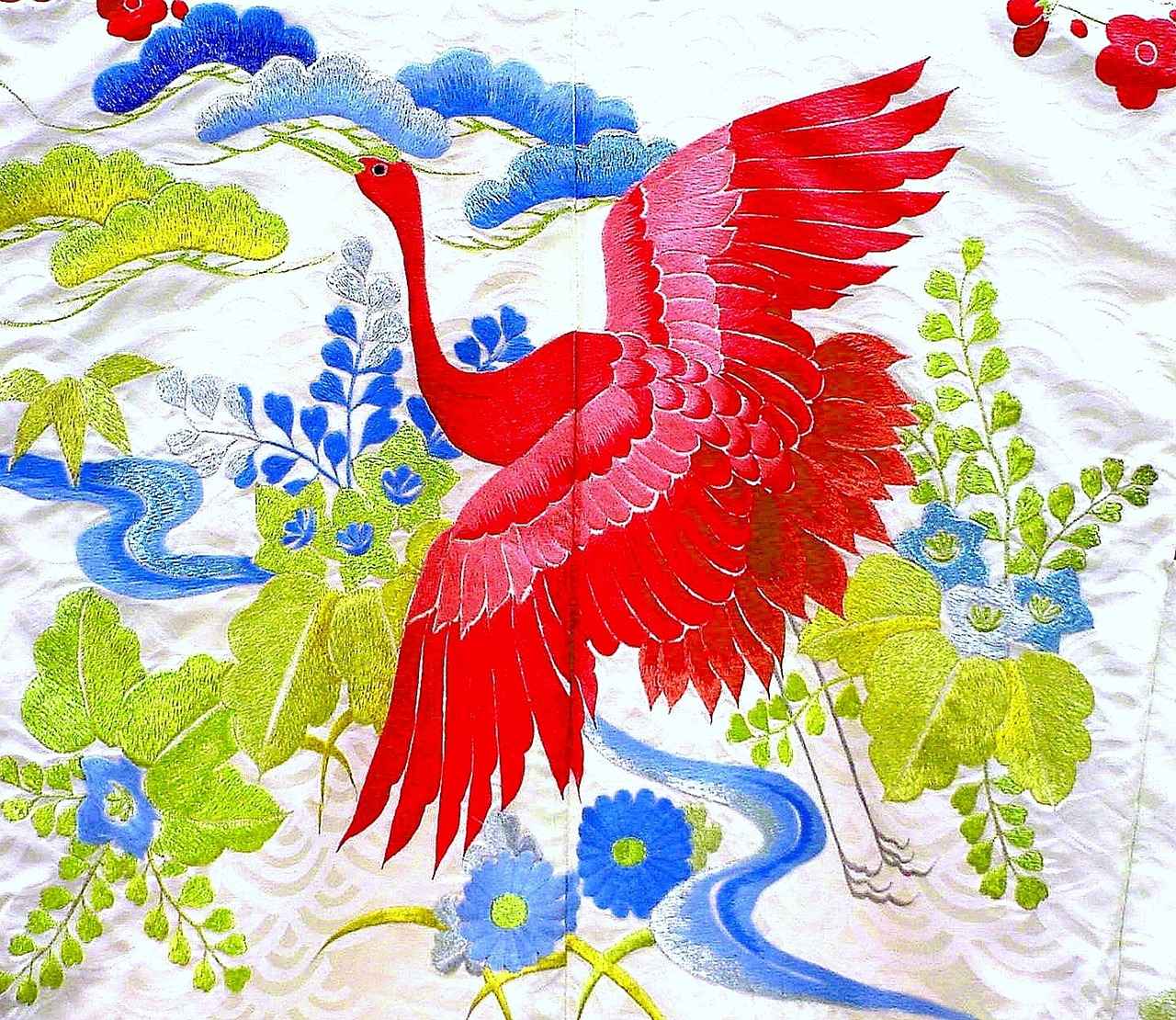
Conclusion: Embracing the Kimono Tradition
Understanding the various parts of a kimono not only enhances the appreciation of this traditional garment but also allows wearers to fully embrace its cultural significance and beauty in modern contexts. The kimono, with its intricate design and rich history, serves as a symbol of Japanese heritage and artistry.
The structure of a kimono is composed of several essential components, each contributing to the overall aesthetic and functionality. From the elegant obi that cinches the waist to the choice of fabric that reflects the season, every element plays a vital role in the garment’s presentation. Understanding these components deepens the connection between the wearer and the garment, fostering a sense of pride and respect for this cultural icon.
Moreover, the kimono is not merely an outfit; it is a canvas of expression and identity. The various styles, colors, and patterns can signify different occasions, emotions, and even social status. By learning about the significance of each part, individuals can appreciate the stories woven into the fabric of their kimonos.
As we navigate through modern fashion, the kimono continues to inspire designers and enthusiasts alike. Its adaptability allows it to be integrated into contemporary wardrobes while still honoring its traditional roots. This blend of old and new showcases the kimono’s enduring legacy and its ability to evolve with changing times.
In conclusion, embracing the kimono tradition is about more than just wearing a beautiful garment. It is an opportunity to connect with a rich cultural history, celebrate artistry, and express personal style. As we continue to explore the significance of the kimono, we invite everyone to appreciate its beauty and the stories it tells.
Frequently Asked Questions
- What are the main parts of a kimono?
The main parts of a kimono include the body (the main garment), sleeves, collar, and the obi (belt). Each of these components plays a vital role in the overall look and functionality of the kimono.
- How do I choose the right obi for my kimono?
Choosing the right obi depends on the occasion and the style of your kimono. For formal events, opt for a hanabi obi with intricate designs, while a nagoya obi is more suitable for casual wear due to its ease of tying.
- What fabrics are commonly used for kimonos?
Kimonos are typically made from silk, cotton, or synthetic fabrics. Silk is luxurious and often used for formal occasions, while cotton is breathable and ideal for summer wear.
- How should I care for my kimono?
Proper care involves professional cleaning to avoid damaging delicate fabrics. For storage, use breathable fabric bags and keep your kimono away from direct sunlight to preserve its colors and integrity.
- What accessories should I wear with my kimono?
Essential accessories include the obijime (decorative cord) and obidome (ornamental piece), as well as traditional footwear like geta and zori, which complete the kimono ensemble and enhance its beauty.
